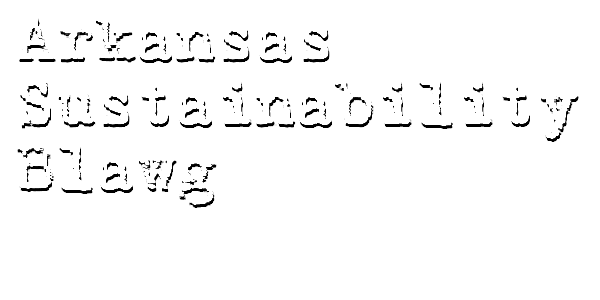 There are some stories that have legs, and the Solyndra saga is one of them. But instead of triggering a genuine debate over the merits and mechanisms of government investment in clean energy innovation, Solyndra has become shorthand for everything that is allegedly wrong with green energy policy. As Florida Republican Cliff Stearns, the chair of the House committee leading the inquiry into the Department of Energy’s now ubiquitous loan to Solyndra recently declared, Solyndra’s downfall proves, “that green energy isn’t going to be the solution.”
There are some stories that have legs, and the Solyndra saga is one of them. But instead of triggering a genuine debate over the merits and mechanisms of government investment in clean energy innovation, Solyndra has become shorthand for everything that is allegedly wrong with green energy policy. As Florida Republican Cliff Stearns, the chair of the House committee leading the inquiry into the Department of Energy’s now ubiquitous loan to Solyndra recently declared, Solyndra’s downfall proves, “that green energy isn’t going to be the solution.”Regardless of your politics, this is a sad and poor substitute for an actual analysis of why Solyndra failed, of what lessons can be drawn from that failure, and of what – if anything – that failure tells us about the future of green energy.
With that in mind, for your consideration a few brief thoughts on the most widely politicized peaks of the polemic:
First, with all due respect to Representative Stearns, the Solyndra bankruptcy does not mean that green energy is not “the solution.” For this to be true, we would have had to have had all of our eggs in the Solyndra basket, or at least all in the “alternative solar” (meaning non-silicon based) basket. No such luck. Just as the success of Solyndra would not have eliminated the need for traditional energy sources, the failure of Solyndra does not diminish the need for clean energy, the promise of clean energy technologies, or the tremendous diversity of clean energy options in the sustainasphere.
Second, the Solyndra bankruptcy does not expose some fatal flaw in non-silicon solar technologies. As many, including Washington Post blogger Brad Plummer and Westinghouse Solar CEO Barry Cinnamon, have observed, Solyndra distinguished itself from its competitors by inventing a solar panel that did not use silicon -- and then got crushed on costs after silicon prices plunged. The Solyndra bankruptcy is an important reminder that all start-ups, regardless of the strength of their technology and the high-profile of their supporters, are susceptible to marketplace forces that can be difficult, if not impossible, to predict.
Third, the Solyndra bankruptcy does not mean that government should not invest in clean energy technologies. As of September 12, 2011, the Department of Energy had closed or issued conditional loan commitments of $37.8 billion to projects around the country. Solyndra’s $535 million loan represented 1.3% of the DOE’s loan portfolio, and is the only loan known to be troubled. In other words, over 98% of the DOE’s loans remain poised for success. True, the DOE made a bad bet on Solyndra’s tubular-shaped technology. But all successful investment programs have bad bets, and I suggest that any bank, investor, shareholder, hedge fund manager, private equity shop, or Vegas gambler would welcome the opportunity for a 98% success rate.
Fourth, Solyndra’s failure does not mean that the DOE should not have restructured the Solyndra loan guarantee in February 2011 to put private investors ahead of the DOE in the event the loan failed. The DOE’s reported logic behind the restructuring is that it was better to attempt to salvage than to liquidate the company, since liquidation would have guaranteed significant losses. From a pure investment viewpoint, this is difficult logic to argue with, and it reveals a “Catch-22”: if the DOE had allowed Solyndra to fail at that point, the DOE would be criticized for not doing more to try and save the troubled company. If the restructuring had preferred the government over private investors, the DOE would be criticized for interfering with the private capital markets and for, well, preferring the government over private investors. It’s a no win situation for everyone involved.
So, with those thoughts in mind (and out of the way), over the next few posts I will attempt to unpack, analyze, and sus out what the Solyndra saga means for sustainable innovation and investment in Arkansas. Stay tuned.

Solar energy does not require any fuel.
ReplyDeletesolar power